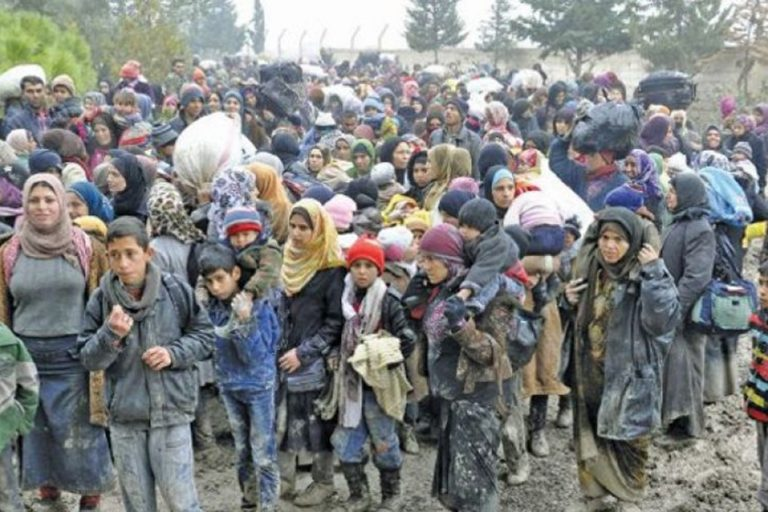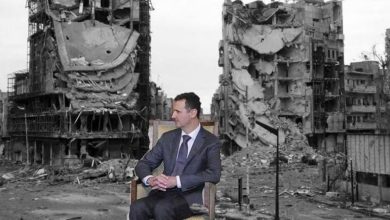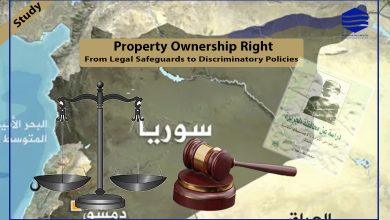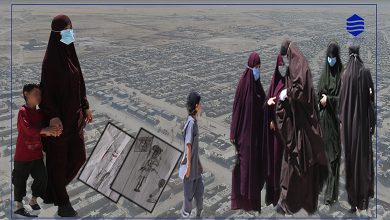
Forced Displacement in Northeastern of Syria between Reality and Law
Introduction
The process of forced displacement and other crimes committed against humanity have old historical roots, after the crystallization of the power centered on masculinity and to this very day, practices are still being committed, taking place, and many different goals. However, what is surprising is the existence of such practices while we are in the 21st Century. In spite of the enactment of many legislations and international conventions related to this issue in order to be reduced. The escalation of violence has led to an increase in the levels of forced displacement. There are an estimated 70.8 million refugees, internally displaced persons, and asylum seekers, worldwide, who have fled from violence, conflict and oppression from their homes.
In Syria, the forced displacement process started on several stages, the last of which was in recent years. When the Syrian regime expelled the people of Qusayr, Zabadani and Madaya to other regions by virtue of its alignment with the Lebanese border controlled by Hezbollah, as well as the displacement of the people of Eastern Ghouta and other areas far from their original places.
After the intensification of the war and the conflict in Syria, the Turkish regime began to carry out the same practices in the northern part of Syria, following the illegal Turkish invasion of the Syrian territories; beginning with Azaz, Jarabulus region, Afrin and more recently Gire Spi (Tel Abyad) and Serekaniye (Ras Al-Ain).
In this study, we will address international laws related to Forced Displacement, with a brief about its history, followed means, ramifications and objectives, in particular, focusing on the Kurdish situation.





